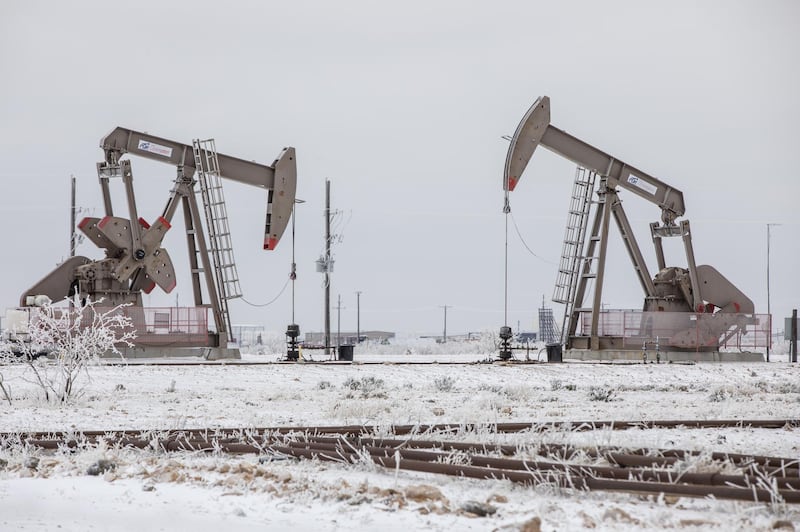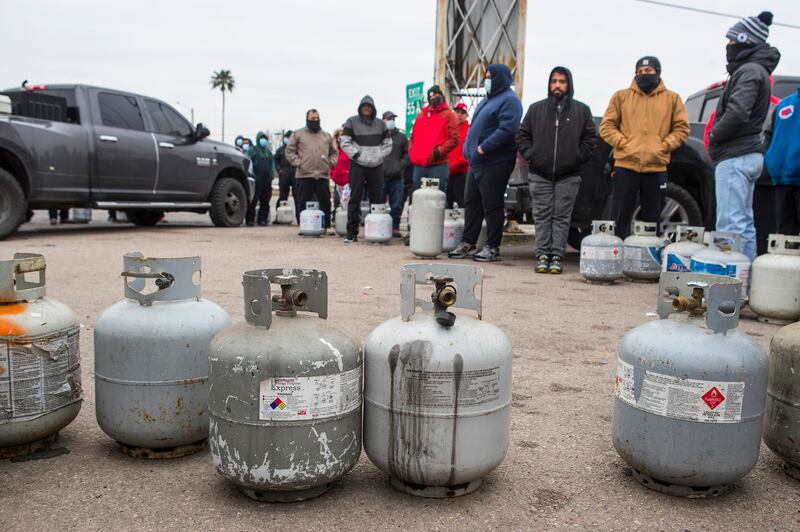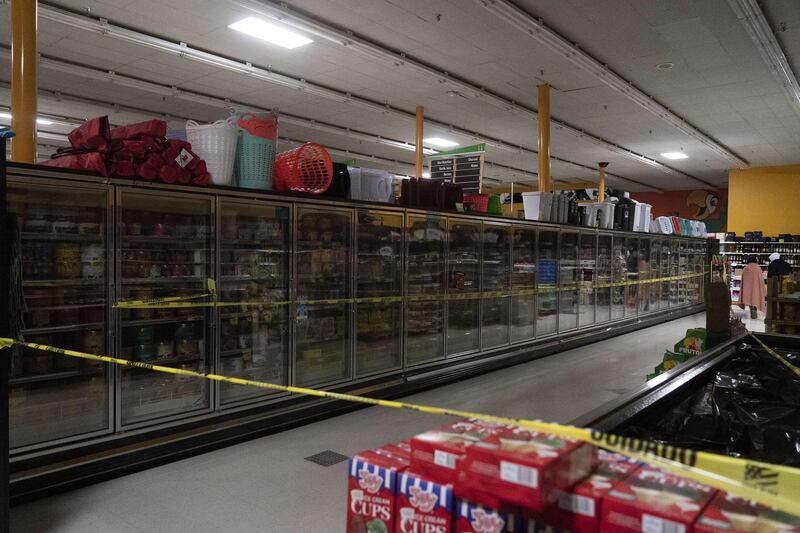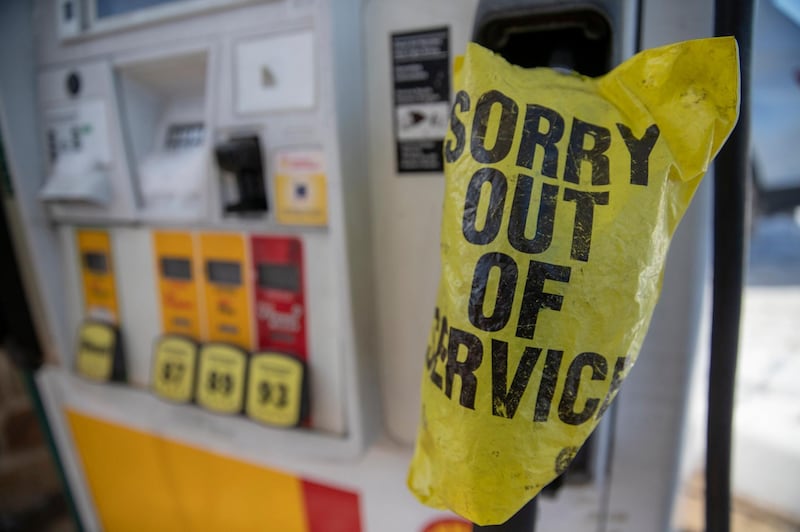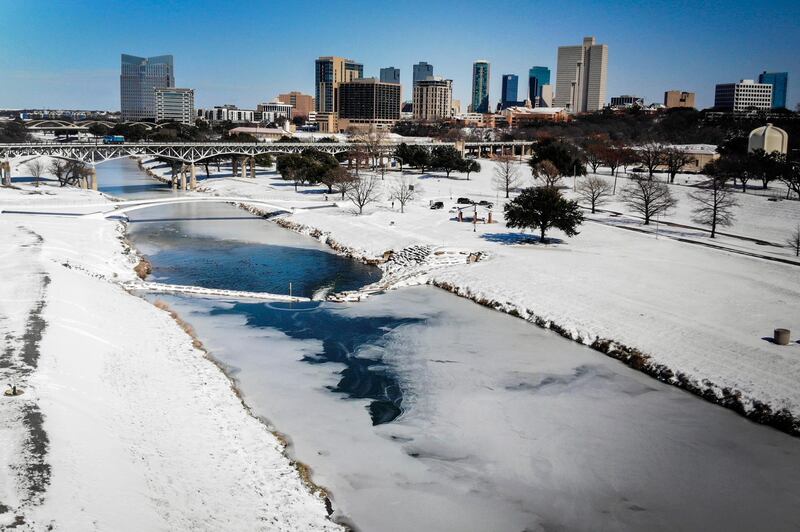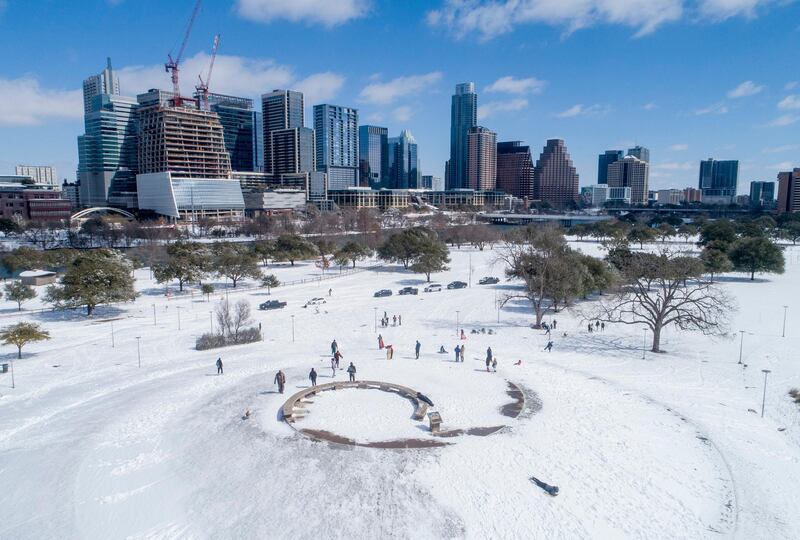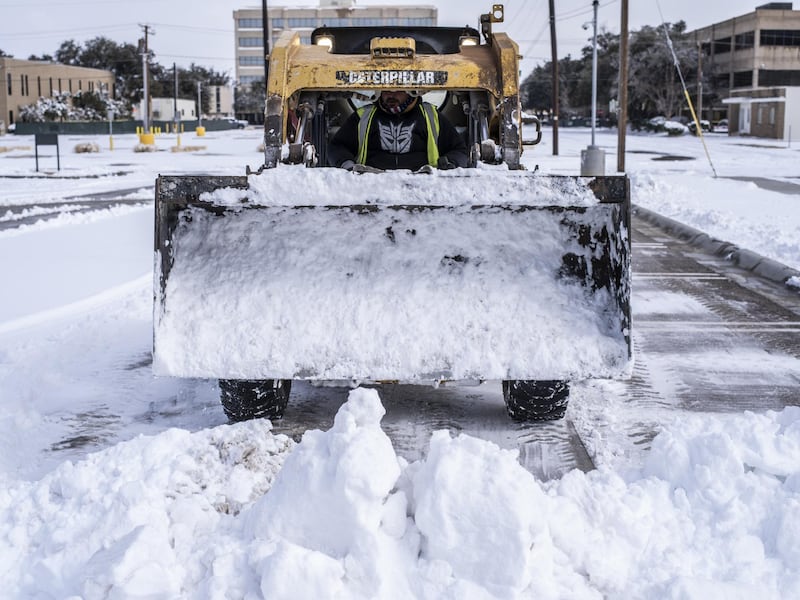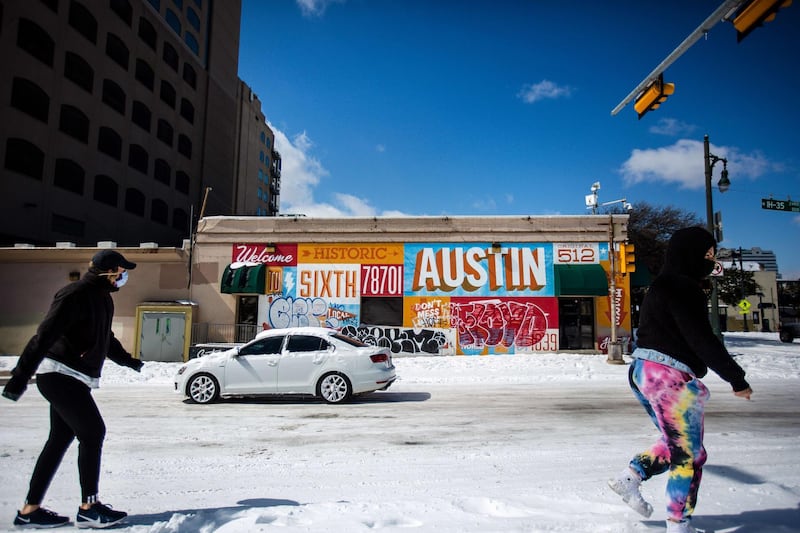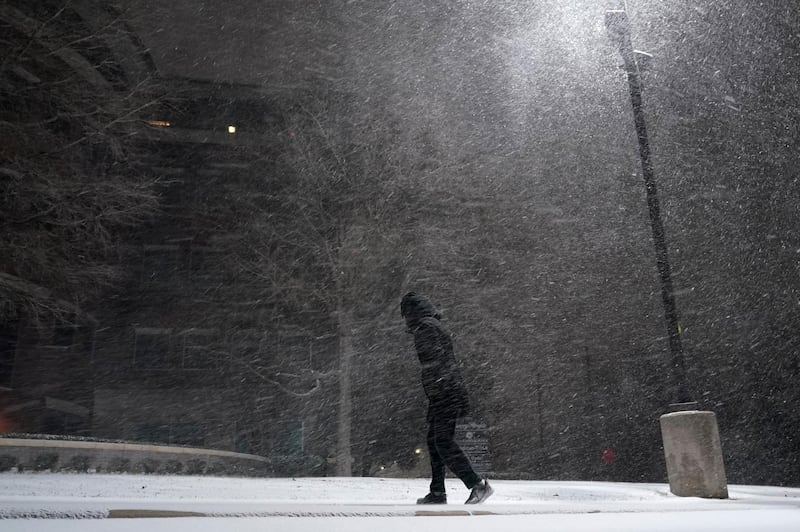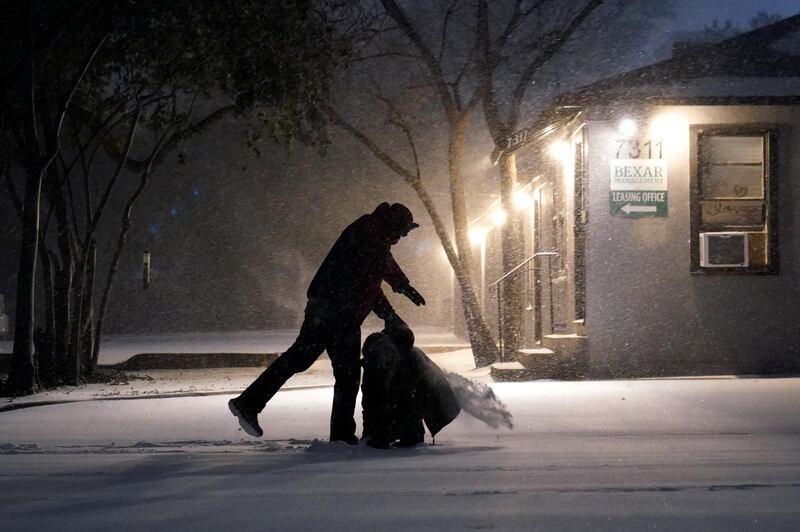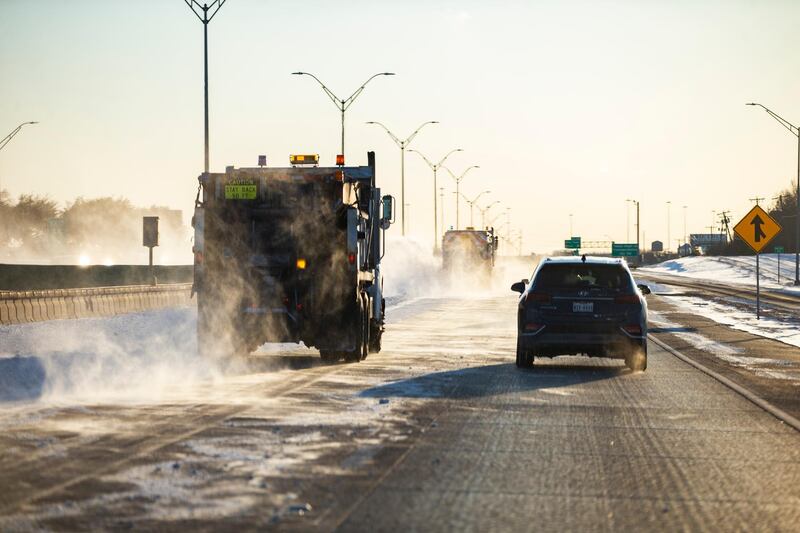"The stars at night are big and bright," goes the opening line of Deep in the Heart of Texas, a country number widely considered to be the unofficial Texan state anthem. This week, the night sky shone brighter not just in Texas's rural heartland, but in its bustling cities, too. The Dallas skyline went dark on Monday in an effort to conserve power, as millions of Texans found themselves without electricity or heating amid the most brutal snowstorms their state has seen in three decades.
The rolling outages began on February 15, and have since affected around a third of Texas’s 10 million households, as well as nearly 5 million people in northern Mexico. The source is a combination of factors: the cold spell causing a sudden, huge spike in electricity demand, the failure of public agencies to predict it and the failure of energy infrastructure to cope.
Texas’s electricity grid is unique in continental US in that it is not connected to others outside the state – a legacy of an institutionalised suspicion of federal regulation. The state’s minimally regulated market only pays energy producers for what they sell, and not for what they keep in reserve for rainy (or snowy) days. There are no utility monopolies, and electricity retailers face high competition. All of this has brought benefits for Texans, including very cheap electricity prices and plenty of scope for entrepreneurial innovation (Texas produces a third of US wind power).
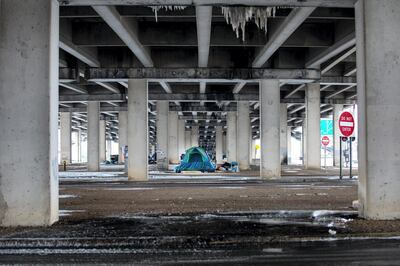
But while Texas’s energy market is well prepared for summer demand, there is little thought or expectation for the winter, given how rare cold spells have been historically. And the standalone grid has resulted in Texas being unable to import electricity to make up for the current shortfall.
The state’s grid operator, the perhaps unfortunately named Electricity Reliability Council of Texas (Ercot), was hardly more prescient than the private-sector players it is meant to help steer. The snowstorm was on its way down from Canada for a week, and even as the Texan governor, Greg Abbott, declared a state-wide disaster on February 12, Ercot’s predictions for the impact fell short. It has hardly helped public perceptions of Ercot’s mismanagement that the council’s chair and vice-chair do not live in Texas, but Michigan and California, respectively.
Mr Abbott’s own policies have been criticised, too. Whatever the merits of Texas’s free market, the government’s focus on rock-bottom prices for commercial entities have resulted in a failure to spend money winterising energy infrastructure. Transmission lines have frozen, generators are not geared up for winter, wind turbine blades are iced over and one of the state’s nuclear reactors has failed. Infrastructure for natural gas, which produces half of Texas’s electricity, has been hit badly, too, causing a cycle in which power cuts beget further declines in output.
The knock-on effects reach far. Texas produces 20 per cent of US natural gas exports, and is the country's largest oil producer. Both of those markets have seen global price surges this week. And around 1 million Texans could miss their Covid-19 vaccinations, as deliveries pause.
There are lessons in Texas for the electricity markets of other parts of the world used to warmer climes. Extreme weather events are becoming more common. Major snowstorms have hit much of the Middle East this month, too, putting a strain on poorly equipped infrastructure across Lebanon, Palestine, Syria and Jordan.
The development of sustainable energy must not be only about cleaner resources to avert climate catastrophe, but also about more resilient ones to mitigate the impact of the damage already done. The futurisation and resilience of critical infrastructure and preparing for an increasingly erratic climate has never been more important. Public officials must plan ahead, or else their constituents will find themselves once again powerless when the next storm inevitably comes.
